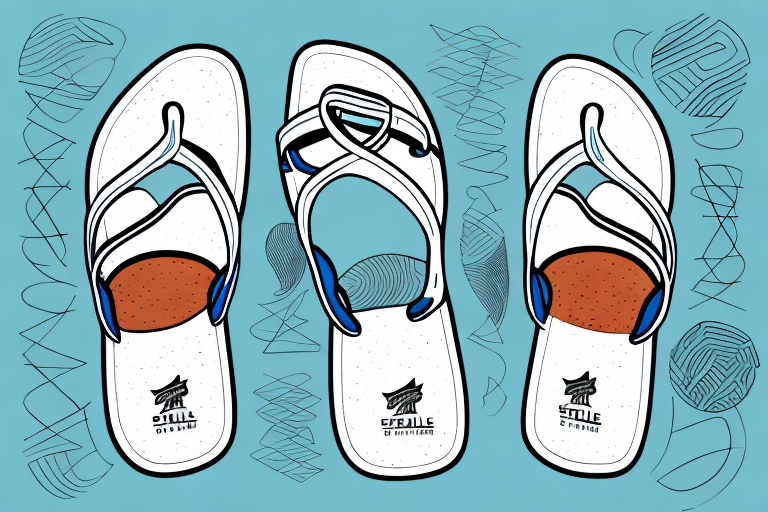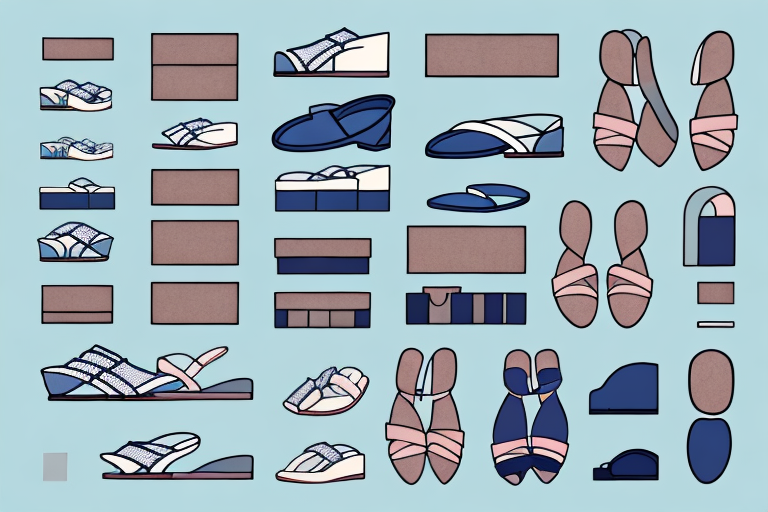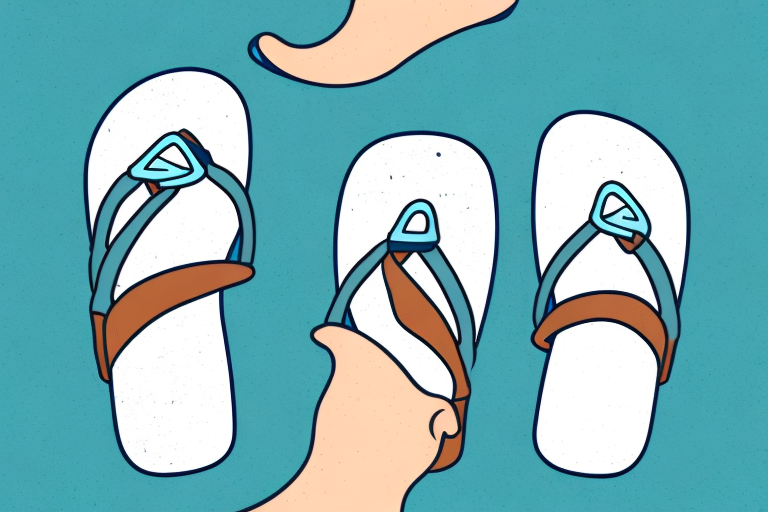Sandals with non-slip soles and standard soles come in all shapes and sizes. They both serve a purpose, but which one is better for you? Whether you’re looking for something comfortable to wear at the beach or something slip-resistant to get you through your shift at a restaurant, understanding the differences and advantages of both can help you make the best purchase.
The Advantages of Non-Slip Soles
Non-slip soles provide a great level of traction and stability. They’re often made of a thick, rubber material that grips onto smooth surfaces such as tile or hardwood. This helps reduce the risk of slipping and falling, which can be especially important in a wet environment or when carrying heavy objects. Non-slip soles are also ideal for fairly even terrain and have great shock absorption, making them comfortable to wear for long periods of time.
In addition to providing a secure grip, non-slip soles are also designed to be durable and long-lasting. They are resistant to wear and tear, and can withstand a variety of weather conditions. This makes them a great choice for outdoor activities, such as hiking or running. Non-slip soles are also easy to clean and maintain, so you can keep them looking like new for years to come.
The Disadvantages of Non-Slip Soles
Non-slip soles can be prohibitively expensive and are usually found paired with cheap materials, meaning the sandals may not last as long as standard soles. They also take longer to break in, and the rubber material can be uncomfortable against bare feet. Furthermore, non-slip soles are more difficult to clean as the rubber material can retain dirt, oil and other stains.
In addition, non-slip soles can be slippery on certain surfaces, such as wet tile or wood floors. This can be dangerous, especially for those who are elderly or have balance issues. Furthermore, the rubber material can be noisy when walking on hard surfaces, such as tile or concrete.
The Benefits of Standard Soles
Standard sandal soles are usually made from leather, cork, or another breathable material that lets your feet breathe. They’re much lighter than non-slip soles, making them ideal for those who don’t require extra support or shock absorption. Standard soles offer a good level of comfort and comfort and they’re much easier to clean. Plus, they have a classic look that won’t go out of fashion.
Standard soles are also more affordable than non-slip soles, making them a great option for those on a budget. They’re also more durable than non-slip soles, so you can expect them to last longer. Additionally, standard soles are available in a variety of colors and styles, so you can find the perfect pair to match your outfit.
The Drawbacks of Standard Soles
Standard soles lack the extra traction and grip provided by non-slip soles. They can also be slippery on wet surfaces, increasing your chances of slipping and falling. Standard soles also lack the cushioning and shock absorption of non-slip soles, so they’re not recommended for long hours of standing or walking on uneven terrain.
In addition, standard soles are not as durable as non-slip soles and may wear out more quickly. They also tend to be less comfortable than non-slip soles, as they don’t provide the same level of cushioning and support. For these reasons, standard soles are not recommended for activities that require a lot of walking or standing.
Durability Comparison Between Non-Slip and Standard Soles
When it comes to durability, non-slip sole sandals usually last longer than standard sole sandals. The rubber material tends to be more resistant to wear and tear than the more breathable materials used on standard soles. However, this isn’t a clear-cut comparison as some higher quality standard soles made from cork can outlast most non-slip soles if treated properly.
Price Comparison Between Non-Slip and Standard Soles
Non-slip sole sandals are usually more expensive than standard sole sandals. This is likely due to the extra production costs associated with creating non-slip sole sandals. However, it’s worth considering quality when making a purchase. Higher quality sandals with non-slip soles will often cost more than lower quality sandals with standard soles.
Choosing the Right Sandal for Your Needs
Choosing the right sandal depends on your needs. If you’re looking for something with extra grip and shock absorption, a non-slip sole sandal is probably your best option. However, if you just want something comfortable to wear around casually or to the beach, a standard sole may be a better choice. Consider the type of terrain you’ll most likely be walking on or the amount of time you’ll be standing in those sandals to determine which type is best for your needs.
Conclusion: Which Type of Sandal is Best?
It’s difficult to say which type of sandal is best as everyone has different needs. Non-slip sole sandals are usually more expensive but offer a better level of traction and shock absorption than standard sole sandals. Standardsole sandals are more lightweight and breathable but may be more slippery on wet surfaces. Consider who the sandals are for and what terrain they may encounter before making a purchase.



